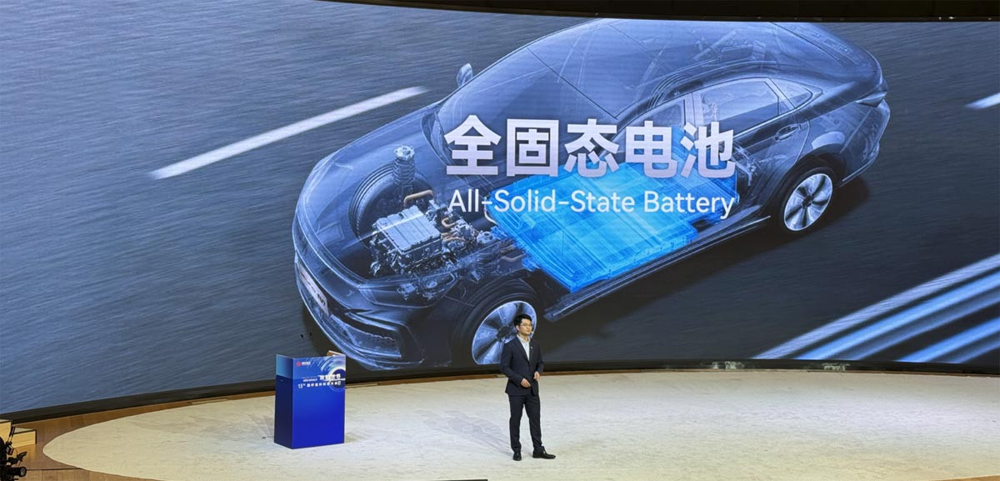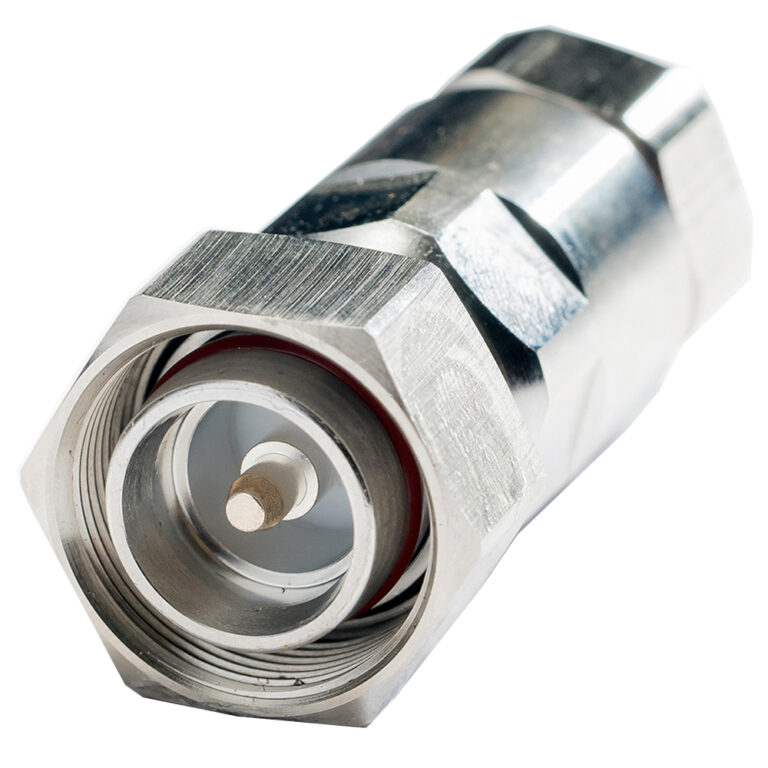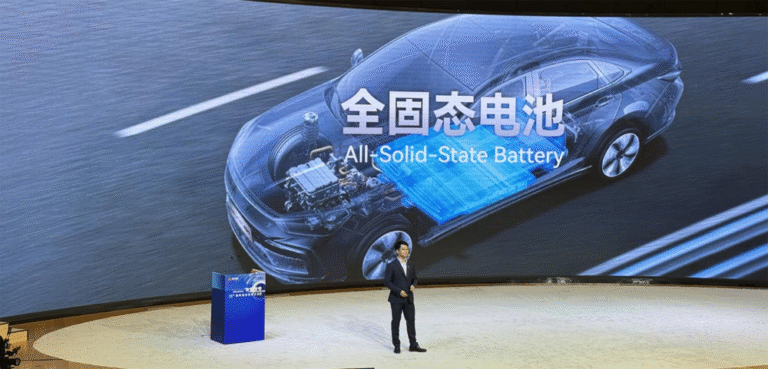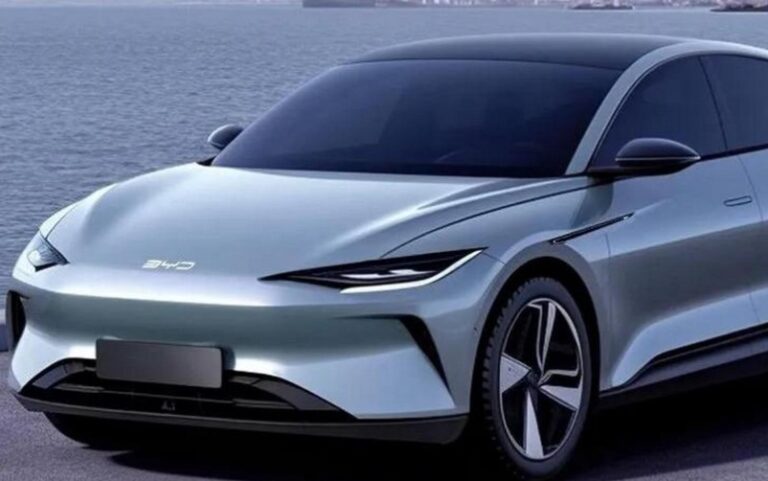Gotion High-Tech Company Limited Detailed Research Report ,Patent Strategy and R&D Capabilities
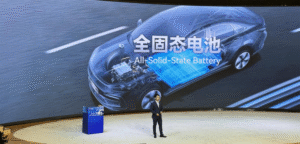
From its inception, Gotion High-Tech has embraced a strategy of innovation-led competition. The company aggressively invests in research & development and protects its innovations through an extensive patent strategy. Each year, Gotion allocates over 10% of revenue to R&Den.gotion.com.cn – a significant commitment, especially as revenues have grown. In 2023, R&D spending reached RMB 2.768 billion (approx. $380 million), up 14.6% YoYnews.cnpowder.com.cn, continuing a trend of high R&D intensity. Notably, in earlier years like 2022, R&D spend more than doubled (107% increase to RMB 2.416 billion)vip.stock.finance.sina.com.cn, showing management’s willingness to boost innovation even during growth phases.
This sustained investment has yielded a strong intellectual property portfolio. As of end-2023, Gotion held over 10,000 patents globallyen.gotion.com.cn, covering materials, cell design, battery management systems (BMS), manufacturing processes, and recycling. In 2023 alone, the company added more than 1,500 new patents worldwidenews.cnpowder.com.cn, indicating prolific innovation output. Gotion consistently ranks among the top battery companies in China for patent filings annually, reflecting its emphasis on securing IP rights as it develops new technologies. The patent strategy serves both as a defensive moat (preventing competitors from easily copying its tech) and as leverage in partnerships (offering proprietary tech to allies like VW).
R&D Organization: Gotion has built a global R&D network to harness talent and technology from around the world:
- Eight R&D Centers: Gotion operates R&D centers in Silicon Valley (California), Cleveland (Ohio), Tsukuba (Japan), Singapore, Germany (likely Göttingen or elsewhere), in addition to several in China (Hefei, Shanghai, Nanjing, Shenzhen, etc.)gotion.combatteriesnews.com. Each center has specialized focus areas. For instance, the Silicon Valley center (Gotion, Inc.) and the Cleveland institute concentrate on advanced materials and electrolytes – Cleveland’s team developed a novel electrolyte additive that significantly improved LMFP battery performance at high temperaturebatteriesnews.com. The Japanese center likely focuses on cell chemistry and safety (leveraging Japan’s battery expertise). The German/EU centers work on battery pack integration and validation for automotive standards.
- Joint Research Ventures: Gotion actively collaborates with academia and industry. In August 2023, it established the Fudan University – Gotion Advanced Battery Technology Joint Research Centeren.gotion.com.cn. This partnership with a top Chinese university targets breakthrough projects like sodium-ion batteries, thermal insulation materials for batteries, LMFP material optimization, and other advanced battery materialsen.gotion.com.cn. Over the first year, the joint teams have made progress in areas such as sodium-ion battery electrodes (including pre-lithiation techniques) and high-safety composite cathodesen.gotion.com.cn. Such collaborations provide Gotion with fundamental research support and a pipeline of new ideas.
- Global R&D Staff: With 7,000+ R&D personnelen.gotion.com.cn, Gotion has one of the largest research teams among battery producers relative to its size. This includes electrochemists, material scientists, mechanical and software engineers (for BMS and pack design), etc. The company also recruits international experts; for example, it has battery scientists who previously worked for leading firms and research institutions worldwide.
Key Innovation Achievements: Gotion’s R&D focus has led to several notable technological achievements:
- LMFP Battery Breakthroughs: As discussed, solving the challenges of LMFP chemistry (like manganese dissolution and low compaction density) was a key achievement, involving new doping and electrolyte innovationsbatteriesnews.com. Gotion was an early mover here, having received China’s “New Product” certificates for LMFP cells and cathode materials back in 2014 and 2016batteriesnews.com. A decade of in-house research culminated in the Astroinno L600 cell, showcasing Gotion’s ability to innovate beyond standard LFP.
- High-Speed Charging Tech: Gotion’s success with the G-Current fast-charging series demonstrates prowess in electrochemical kinetics and thermal management. Achieving 5C charging with both LFP and NCM chemistries likely required optimizing electrode design (to lower resistance), advanced cooling, and perhaps novel electrolytes to handle rapid ion flow. This places Gotion at the forefront of fast-charge research, directly competing with CATL’s similar effortsetn.news.
- Solid-State Battery Development: The Gemstone all-solid-state battery is a result of R&D into solid electrolytes and compatible electrode materials. Gotion’s approach and data (350 Wh/kg, 3,000+ cycles) are impressiveetn.news. If these figures hold in practice, they indicate Gotion has made headway in solid-state electrolyte stability and interface design – notoriously difficult aspects of solid-state batteries. While still in prototype, being able to demonstrate a working solid-state pack is a testament to Gotion’s R&D capability in cutting-edge fields.
- Manufacturing Process IP: Gotion holds numerous patents on manufacturing processes such as slurry preparation, coating techniques, formation and aging processes, module assembly, and even recycling methods. For example, it has proprietary tech for extreme automation in cell assembly, which contributed to cost reductions in the Stellary cylindrical lineetn.news. Additionally, its battery recycling process (recovering 92% of materialsen.gotion.com.cn) likely involves patented extraction and purification techniques.
- Vertical Integration: Gotion’s patents also cover upstream materials – it has patents on LFP cathode synthesis, electrolyte formulations, additives (flame retardant, SEI-forming additives etc.), and BMS algorithms. This holistic IP approach ensures each part of the battery (from cathode powder to pack software) has some level of Gotion-owned technology, reducing dependency on external suppliers’ IP.
Open Innovation and Partnerships: Gotion’s patent strategy is not just to accumulate patents but also to collaborate:
- The partnership with BASF (via an MoU signed July 2023) aims to jointly develop new chemical materials for batteriesen.gotion.com.cn. This suggests Gotion is open to co-developing and possibly sharing IP in certain domains to accelerate innovation. BASF’s expertise in cathode materials and binders combined with Gotion’s cell knowledge could yield new patented materials, potentially co-owned.
- Gotion’s acquisition of 25% in InoBat (a Slovak battery startup) also had a knowledge transfer aspect – Gotion provides supply chain and technology supportautonews.com. Startups often have unique IP; by investing in InoBat, Gotion gains access to their developments (like advanced EV batteries or niche chemistries) while offering its own in return.
- The company’s philosophy, as voiced by executives, is to not miss any global opportunity in emerging techfinance.sina.com.cn. It appears willing to partake in joint ventures, consortia (perhaps in standardization), and talent exchange to stay at the cutting edge.
R&D Platforms: Gotion has built four battery validation and testing platforms globallyen.gotion.com.cn. These likely include:
- Safety testing labs (for abuse tests, crash simulations, etc.).
- Performance testing centers (for cycle life, fast charge, extreme temperature tests).
- Pilot production lines (to scale lab innovations to manufacturing readiness).
- Vehicle integration testbeds (especially with Volkswagen’s involvement, ensuring Gotion’s cells meet automotive requirements).
This comprehensive R&D infrastructure allows quick iteration from concept to prototype to mass production.
In conclusion, Gotion’s patent and R&D strategy is a cornerstone of its competitive edge. By heavily investing in R&D, actively collaborating, and protecting its innovations, Gotion ensures that it can offer differentiated products (like LMFP and solid-state batteries) that many competitors might not easily replicate. The strategy also provides leverage in deals (as seen with VW’s interest likely tied to Gotion’s technology portfolio). Moving forward, maintaining this R&D momentum will be vital for Gotion to succeed in next-gen technologies (solid-state, sodium-ion, etc.) and to adapt to evolving market needs (like higher safety or lower cost cells). Given its track record, Gotion is poised to continue being an innovation driver in the battery sector, and its patent trove will both shield and monetize those innovations globally.

